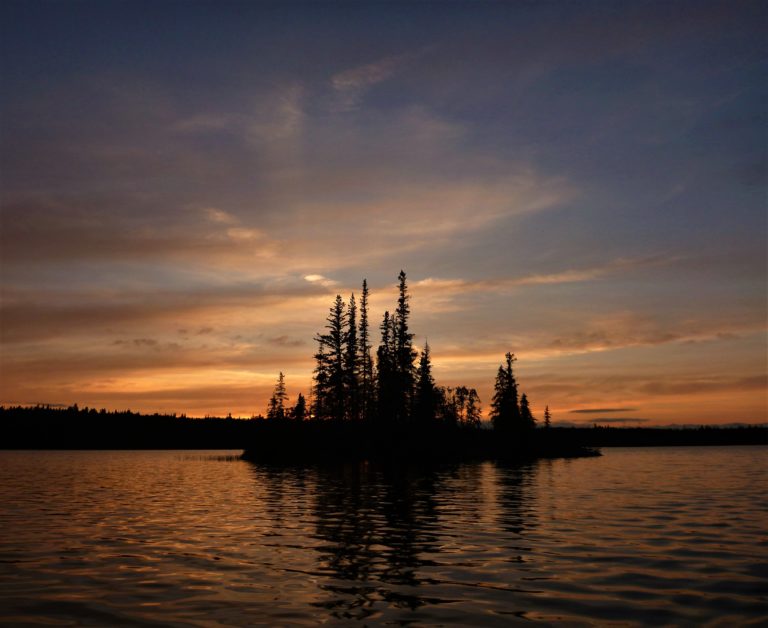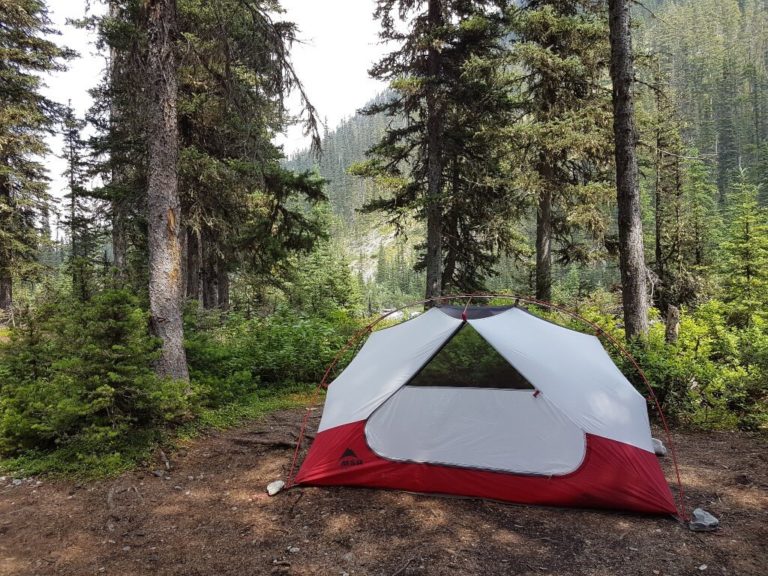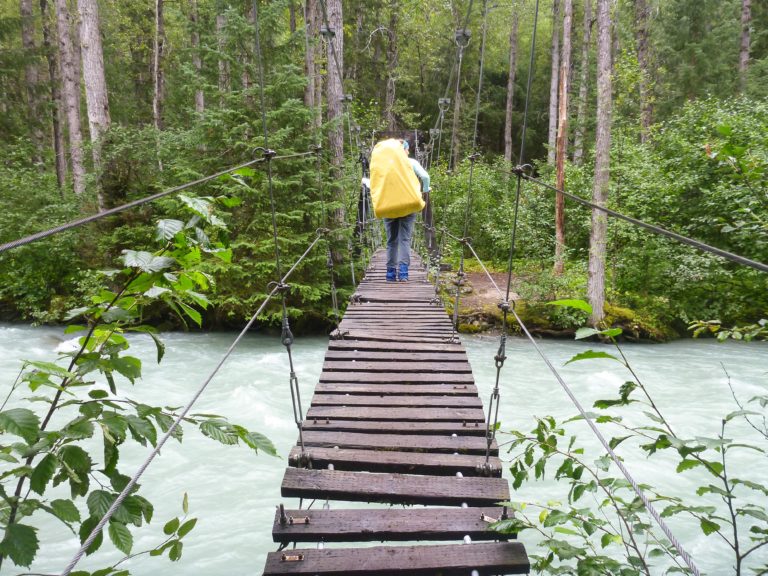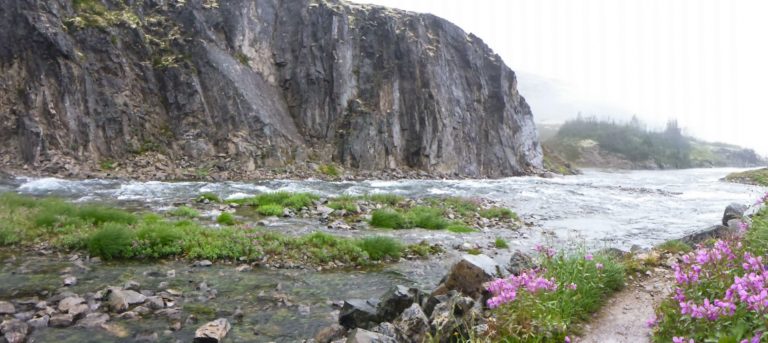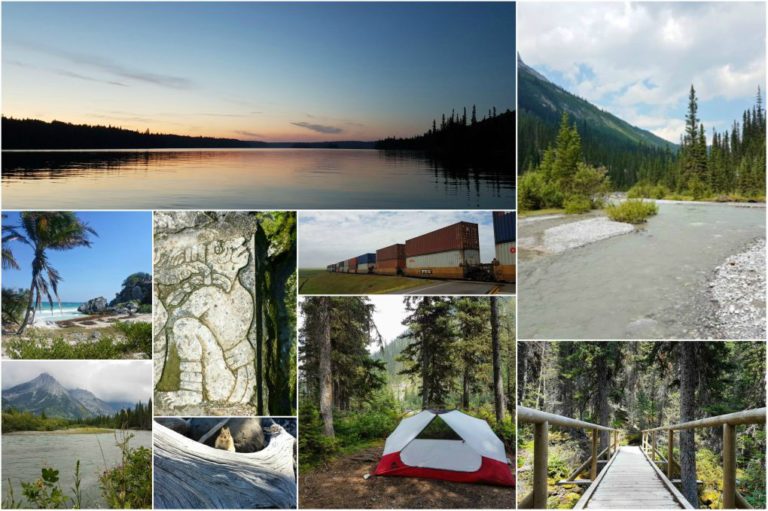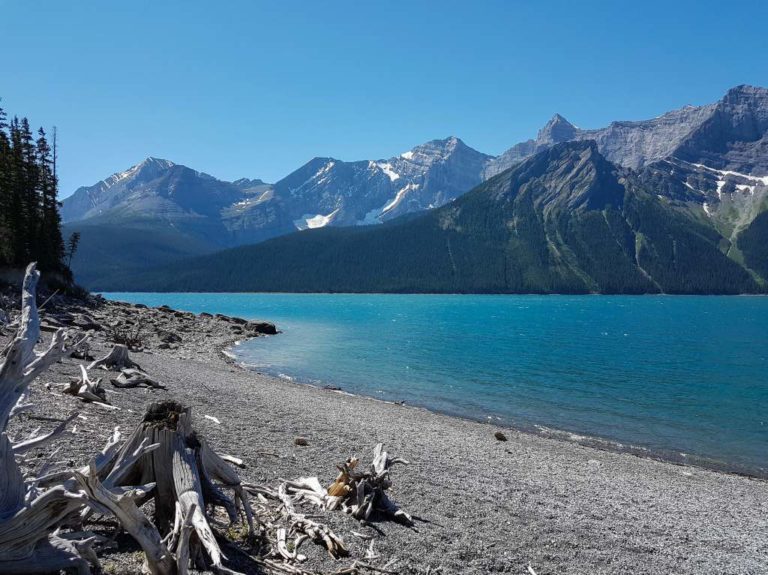BACKCOUNTRY PADDLING 101: PREPARING FOR YOUR BACKCOUNTRY ADVENTURE
Welcome to Backcountry Paddling 101, a series of posts designed to help you get away from it all, find solitude, and have an adventure via watercraft.
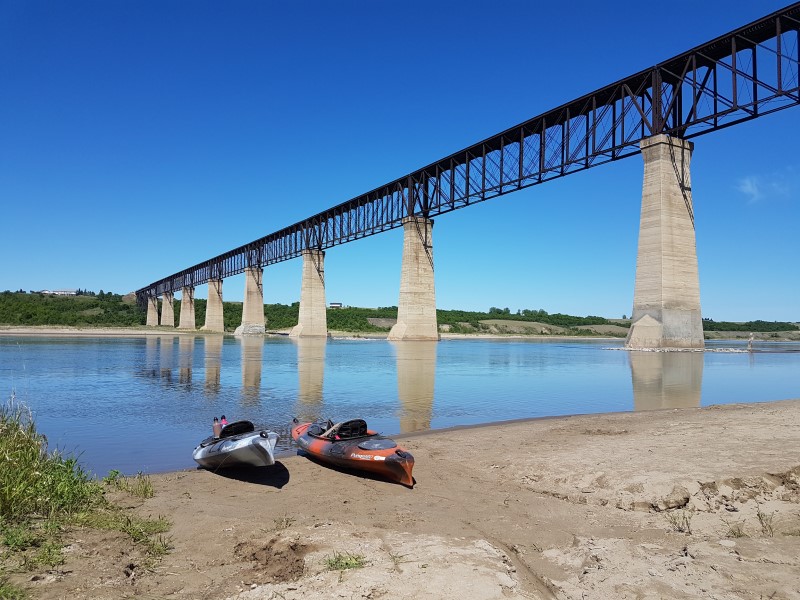
In previous posts we’ve discussed planning your trip and gathering essential gear. Once those steps are done, it’s time to focus on all those little things that will truly get you ready to hit the water. This post focuses on preparing for your trip to ensure all your ducks are in a row before you head out.
This post may include affiliate links. As an Amazon Associate I earn from qualifying purchases. Find more info in my privacy policy.
For more on everything you need to know about backcountry paddling, check out the other posts in the series:
BACKCOUNTRY PADDLING 101: TRIP PLANNING
BACKCOUNTRY PADDLING 101: ESSENTIAL GEAR FOR CANOE AND KAYAK CAMPING
BACKCOUNTRY PADDLING 101: SAFETY CONSIDERATIONS
BACKCOUNTRY PADDLING 101: LEAVING NO TRACE AND LESSENING YOUR IMPACT
Multi-day wilderness trips require a little more preparation than your typical day trip. You’ll want to make sure you and your group are mentally and physically ready for the challenge and that all your gear is ready to go.
The guide below will help you feel confident and prepared to tackle your trip.
ARRANGE A PRE-TRIP MEETING
If you will be paddling with others, it’s a good idea to get everyone one on the same page before heading out. Pre-trip meetings can be done virtually or in person and can be as casual or as formal as you’d like them to be.
The important part is that everyone is kept in the loop and has the opportunity to raise questions or concerns about the trip.
A few things that you may want to discuss include:
- Route details and any important information regarding water conditions, camping areas, weather, regulations, etc.
- Emergency plans and strategies for dealing with unexpected situations.
- Goals of the trip – each paddler may have their own expectations. It’s important to discuss this ahead of time.
- Readiness – the skill level, comfort level, and fitness level of each paddler should be assessed and considered.
- Equipment lists – including who is responsible for what.
- Medical issues that may impact the trip or that others should know about in an emergency situation.
- Roles and responsibilities of each member of the group.
If you’re planning to paddle solo, it’s still a good idea to run through a few pre-trip “meetings” with yourself.
This will give you a chance to assess where you’re at and how you’re feeling as your planning and prep progress. Be ready to change things up or switch to an alternate plan if necessary.
Whether going solo or in a group, you should also set up a meeting with your emergency contact(s), support team, and any friends or family that are concerned or curious about your trip. This will give everyone a chance to ask questions and get a clear idea of what is expected.
BRUSH UP ON YOUR SKILLS
Depending on the type of trip you are undertaking, the environment in which you’ll be paddling, and your experience level, you may want to freshen up old skills or learn new ones before your backcountry trip.
This could be as simple as focusing on improving your stroke technique during day trips or doing some reading to refresh your knowledge on first aid.
If you feel like you need a little more, there are endless courses and classes you could take to address weaker areas such as paddling technique, navigation skills, rescue drills, wilderness first aid, and more.
Assess what your particular trip will require, what areas you feel strongest and weakest in. Then, start learning!
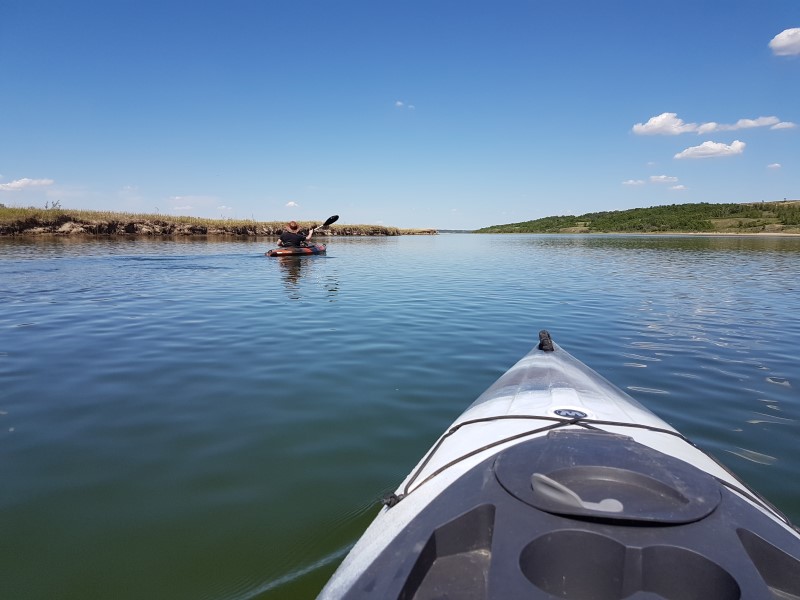
HIT THE GYM (OR THE WATER)
You’ll want to prep your body for the trip, just as you would your mind. Multi-day trips often require longer paddling days than what you may be used to and paddling for multiple days in a row can be taxing on muscles and joints.
If you have the option of training on the water, that’s great. Nothing can replace the actual activity in building up strength and stamina.
However, if you don’t have the option of water-based training, taking some time to do paddling-specific gym workouts before your trip will also make it more comfortable and enjoyable.
Paddlers will want to focus on upper body strength and flexibility to avoid overuse injuries but don’t forget that paddling truly is a full-body workout. Adding lower body/core exercises and cardio will help make your strokes more efficient, keep you on the water for longer, and reduce muscle soreness.
The Outdoor Athlete by Courtenay and Doug Schurman is a great resource for those looking to craft their own workout routines.
If you workout with a trainer, let them know you’d like to focus on a routine that will help improve your paddling and work towards that in the weeks and months leading up to your trip.
PLAN YOUR MEALS
Meal planning and prep for backcountry paddling trips can be an adventure all on its own.
Because of the little extra leeway some paddlers have in terms of weight and space (at least, in comparison to backpackers), meal plans for paddling trips can be as simple or as extravagant as you’d like. Some choose to stick to the just-add-water dehydrated meals while others opt for full-on gourmet creations.
Talk to your group and decide what kind of fare is good with everyone and if there are any dietary restrictions among the paddlers.
Consider things like how and what you are willing to carry, how you will store fresh foods, and how much time you are willing to put into meal prep after a long day on the water.
Your cooking style will also impact what gear and cookware you need to take along, so be sure to figure this out well ahead of time.
Keep in mind that firewood isn’t always available and open fires may not be allowed in the areas in which you are paddling. Plan to take a camp stove and fuel.
Of course, the most basic purpose of food on a backcountry trip is to provide the calories and nutrition that will keep you fueled and healthy. The number of calories burned in a day will depend on exertion levels, distance paddled, portages, and even weather, among other factors. Allow a little extra for days that you might be working harder.
Take along at least an extra day’s worth of food for emergency rations.
When packing your food, think about organization, waterproofness, and how you’ll keep it safe from wildlife. Labelling individual packages and packing everything in dry bags inside a bear canister can be a relatively easy and effective method.
I like to plan and pack by meal (breakfast, lunches, dinners, and snacks each in their own dry bag). That way I can pick and choose what I’m in the mood for that particular day. Others prefer to plan and pack by day so that they can just pull out that day’s food bag and carry on. Find a method that works for you.
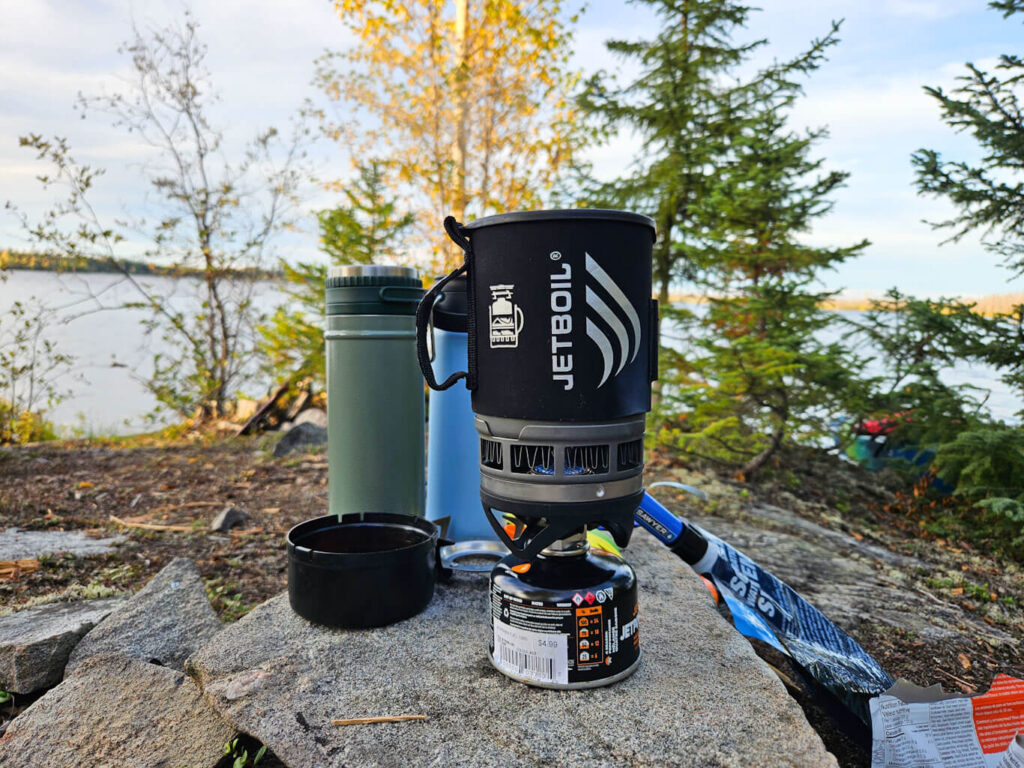
TEST YOUR GEAR
Deep in the backcountry is NOT where you want to find out that your tent has a massive hole, that your camp stove isn’t functioning, or that you don’t know how to use your bilge pump properly.
It’s always a good idea to set up, test, and read up on any relevant info well before your trip.
If you are renting or borrowing gear, make sure it’s in good working order and that you know how to use it.
Some things that are worth double checking:
- That your watercraft and paddle are in good shape and not in need of repairs.
- That your safety equipment is functioning and not outdated.
- That your dry bags are actually waterproof and free of holes.
- That your stove is functioning and that you have the correct fuel for it.
- That your tent has all necessary parts and accessories and that it has no rips or tears.
- That your bear spray and first aid kit items aren’t expired.
DO A TRIAL RUN
While you’re busy testing all that gear, why not do a dry run and trial pack for your trip?
This will help determine if you have enough space for everything; if the weight of the gear and paddler do not exceed the watercraft’s carrying capacity; and if you’re able to pack things so they are easy to access and carry across portage routes.
Pay attention to the balance of the fully packed boat so you’re not making paddling harder than it needs to be.
This is also a good time to think about where you are putting safety gear so that it’s easy to get at, if and when you need it.
Head out on a day trip with your boat fully loaded and see how it feels and how easy it is to access the gear you need. Make adjustments and try again if things aren’t working out.
Testing your gear and trial packing make it more likely that you’ll take what you need and leave what you don’t, lightening your load and making your life on the water easier.
MAKE A PRE- AND POST-PADDLING PLAN
You may be so wrapped up in planning the paddling and camping portions of your trip that you’re forgetting what has to happen before and after the trip.
A few things you’ll want to do:
- Arrange transportation to put-in and pick up from take-out or figure out where you’ll be leaving vehicles.
- Ensure you have the proper car racks and vehicle space to get you and your gear to the water.
- Pack a post-trip care package to be left in the pick-up vehicle (snacks, water, change of clothes, etc.).
- Leave a copy of your trip plan with a trusted friend or family member. It’s also a good idea to leave a copy in any vehicles left at put-in/take-out points.
- Pick up any required permits.
- Keep an eye on the weather forecasts and double check your sources of information on any current conditions such as route closures, wildfires, flooding, or anything else that may impact your trip.
Gathering gear, prepping, and packing for your trip can be a fun and exciting part of your backcountry adventure. It will also help ensure that your trip goes more smoothly, that you are well prepared for any situation, and that you are as comfortable and as confident as possible.
For more on everything you need to know about backcountry paddling, check out the other posts in the series:
BACKCOUNTRY PADDLING 101: TRIP PLANNING
BACKCOUNTRY PADDLING 101: ESSENTIAL GEAR FOR CANOE AND KAYAK CAMPING
BACKCOUNTRY PADDLING 101: SAFETY CONSIDERATIONS
BACKCOUNTRY PADDLING 101: LEAVING NO TRACE AND LESSENING YOUR IMPACT

